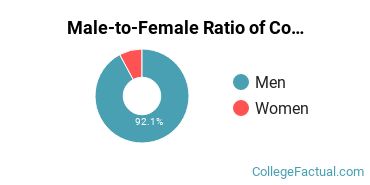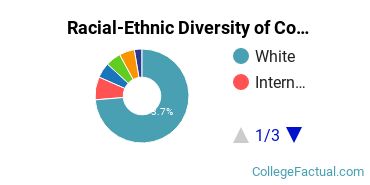 by our College Data Analytics Team
by our College Data Analytics TeamComputer Science is a concentration offered under the computer science major at Naval Postgraduate School. We’ve gathered data and other essential information about the master’s degree program in computer science, such as diversity of students, how many students graduated in recent times, and more.
You can jump to any section of this page using the links below:
Learn about other programs related to <nil> that might interest you.
MS in Information Technology - Software Application Development
Learn to manage the development process for a software program with this specialized online master's from Southern New Hampshire University.
Naval Postgraduate School does not offer an online option for its computer science master’s degree program at this time. To see if the school offers distance learning options in other areas, visit the Naval Postgraduate School Online Learning page.
Women made up around 7.9% of the computer science students who took home a master’s degree in 2019-2020. This is less than the nationwide number of 29.4%.

Racial-ethnic minority graduates* made up 15.8% of the computer science master’s degrees at Naval Postgraduate School in 2019-2020. This is about the same as the nationwide number of 15%.

| Race/Ethnicity | Number of Students |
|---|---|
| Asian | 2 |
| Black or African American | 2 |
| Hispanic or Latino | 1 |
| Native American or Alaska Native | 0 |
| Native Hawaiian or Pacific Islander | 0 |
| White | 28 |
| International Students | 3 |
| Other Races/Ethnicities | 2 |
*The racial-ethnic minorities count is calculated by taking the total number of students and subtracting white students, international students, and students whose race/ethnicity was unknown. This number is then divided by the total number of students at the school to obtain the racial-ethnic minorities percentage.
More about our data sources and methodologies.